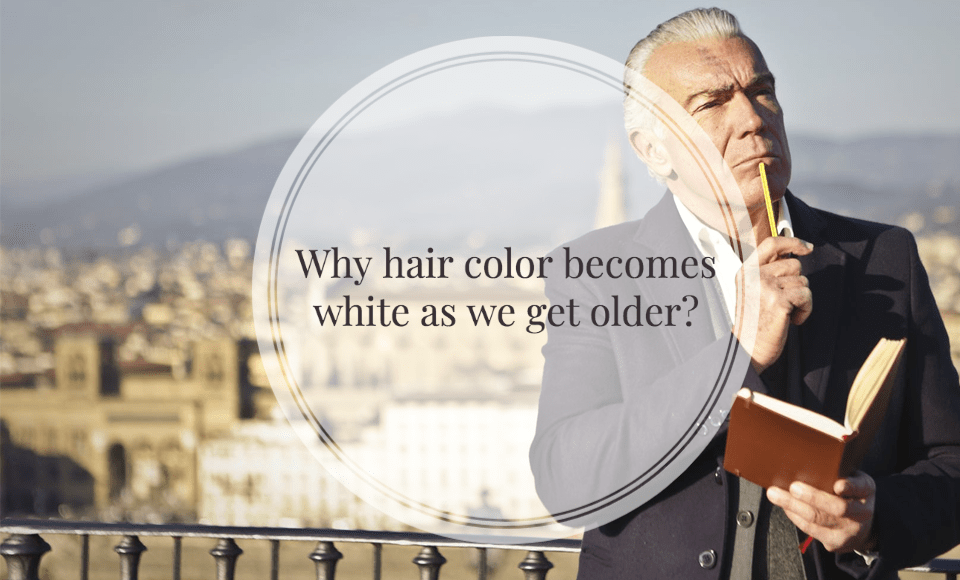It’s your crowning glory, as what others say. Today, not only women but men also have some fascination with hairstyles. Shampoo and hair conditioner brands are spending millions for their advertisements to stand out in the market and attract people to buy. And a lot of hair treatment and routines are needed to achieve and maintain a beautiful and healthy growing hair.
You can’t blame a friend who spends much on her hair because gorgeous hair is an instant confidence boost. That feeling that you are at the top among others, and makes you free from stress. Your confidence, outfit, and the way other people perceive you is affected – a bad hair day is also a bad day!
There are a few hair problems that people usually encounter. Frizzy hair, dry and brittle hair, falling hair, hair not growing longer, and hair turning white. Although all these hair problems can be avoided through a series of treatment and proper care for the hair, the last issue is a natural, inevitable change that can be experienced by almost all people with hair.
Is your mom going to a salon or by herself, covering up gray hair by dyeing it? Or maybe you wonder why your grandfather has a full head of silver hair when it’s dark brown in old pictures. Growing white hair, or sometimes appearing like silver or gray hair is a natural part of growing older, and here’s why.
Each hair on our head has two main parts, the colored part we see growing out of our heads called shaft and the roots at the bottom part, which keeps the hair anchored under the scalp.
The hair strand’s root is surrounded by hair follicles, a tube of tissue under the skin. Each of the hair follicles contains a certain number of pigment cells that continuously produce a chemical called melanin. Melanin is responsible for giving pigment to the hair shaft, whether brown, blonde, black, or everything in between. The shade of the hair color of a person is dependent on the amount of melanin the hair has.
As a person ages, the pigment cells in the hair follicles gradually die. And when there are fewer pigment cells in a hair follicle, that strand of hair will no longer contain as much melanin and eventually become more transparent like gray, silver, or white. If you see someone about 70 years old and the hair is entirely gray or white, it is a sign that the supply of melanin is deficient.
However, people are getting white hair even at a young age. Is it because they got one strain of white hair and plucked it out, resulting in the white hair’s multiplication? That probably is one famous myth we know.
Besides aging, there are a few causes of growing white hair. According to a 2013 report in the Indian Journal of Dermatology, Venereology and Leprology, one reason is primarily connected to genetics. You will likely grow white or gray hair at the same age your mother or father first did. Either or both of them is the carrier of the genes causing premature graying of the hair. (click here for more details)
Also, based on the same study, ethnicity, and race matter. Among Americans, growing white hair can start as early as 20 years old, but 25 years old among Asians, and 30 years in African-Americans populations.
If a person has vitamin B-12 deficiency, it can affect the color of hair as well. The deficiency is associated with pernicious anemia, a condition that your body cannot absorb enough vitamin B12 that is needed for healthy red blood cells, which carry oxygen to cells in your body, including hair cells. A deficiency can weaken hair cells and affect melanin production. (click here for more details)
A person who smokes is 2 ½ times more likely to start graying before age 30 as non-smokers based on a study from 2013 reported in the Italian Dermatology Online Journal. A study in 2015 in the Journal of the American Academy of Dermatology demonstrated that smoking is associated with premature hair graying among young men. (click here for more details)
If you are fond of hair dyes and hair products, even shampoos can contribute to premature hair graying, as these products contain harmful and strong ingredients that decrease melanin. One main ingredient in bleaching and dyeing the hair is hydrogen peroxide. However, it can damage the hair cuticle, resulting in hair breakage, split ends, and frizz.
